Drunkscience4u - Drunk Science

More Posts from Drunkscience4u and Others

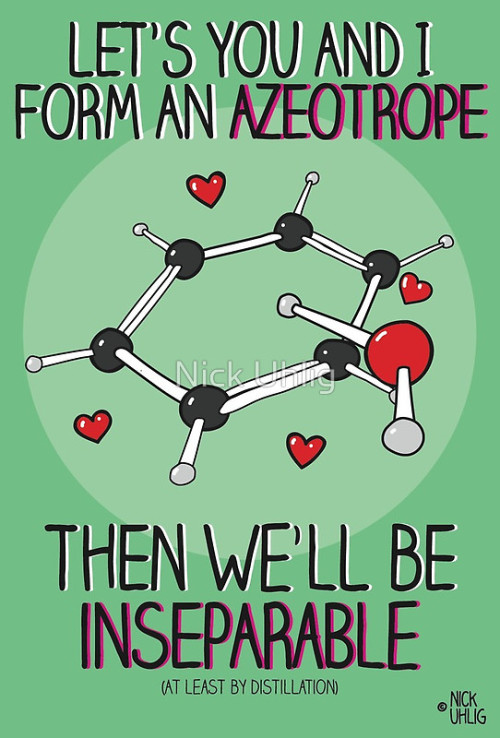
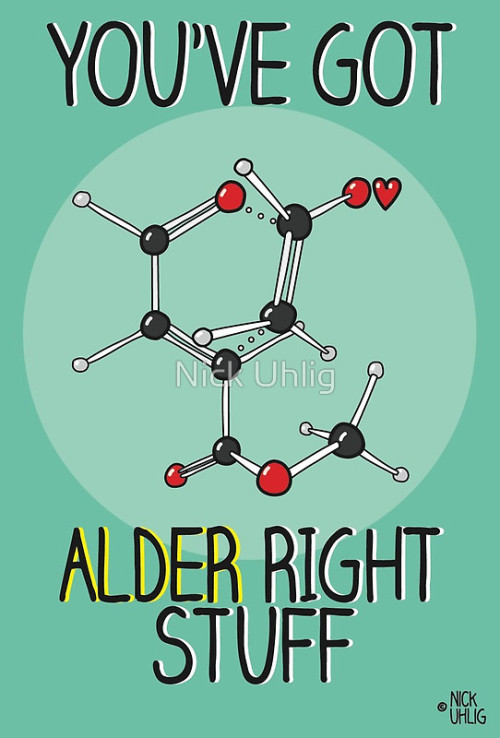
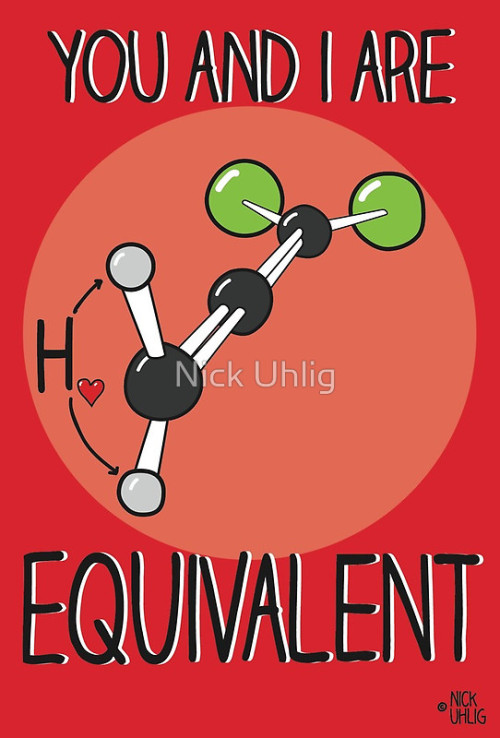
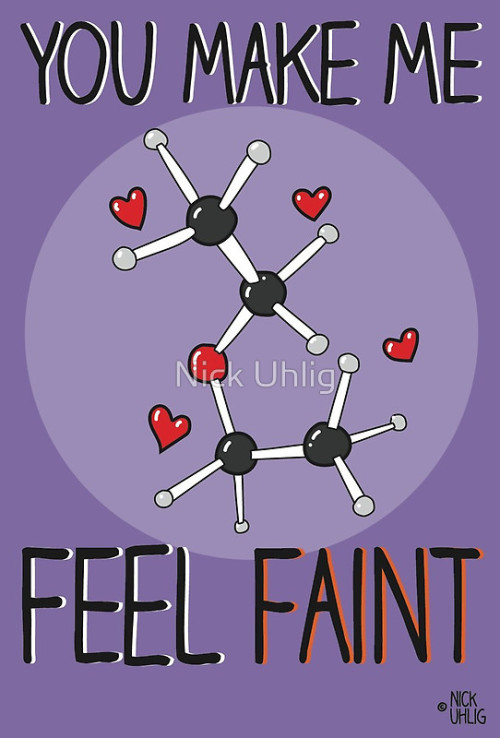

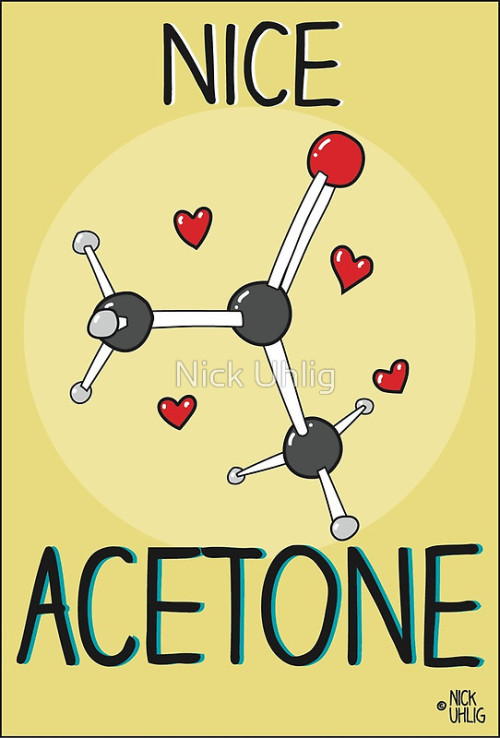
Chemistry Valentine’s Cards by Nick Uhlig.

In spite of a decade of intense research, we still don’t have a commercially available vaccine for malaria.
While a candidate vaccine is being piloted next year, scientists have found a potentially more promising target in the bridge malaria makes with our red blood cells, which could lead to a more effective, cheaply made vaccine.
Continue Reading.



For pedestrians, windy conditions can be uncomfortable or even downright dangerous. And while you might expect the buildings of an urban environment to protect people from the wind, that’s not always the case. The image above shows a simulation of ground-level wind conditions in Venice on a breezy day. While many areas, shown in blue and green, have lower wind speeds, there are a few areas, shown in red, where wind speeds are well above the day’s average. This enhancement often occurs in areas where buildings constrict airflow and funnel it together. The buildings create a form of the Venturi effect, where narrowing passages cause local pressure to drop, driving an increase in wind speed. Architects and urban designers are increasingly turning to numerical simulations and CFD to study these effects in urban environments and to search for ways to mitigate problems and keep pedestrians safe. (Image credits: CFD analysis - SimScale; pedestrians - Saltysalt, skolnv)
This post was sponsored by SimScale, the cloud-based simulation platform. SimScale offers a free Community plan for anyone interested in trying CFD, FEA and thermal simulations in their browser. Sign up for a free account here.
For information on FYFD’s sponsored post policy, click here.
When I post Slow Mo Guys videos, it often comes with a warning not to try this at home. For their latest video, that deserves an extra-special mention: seriously, don’t try this. In this video, Dan and Gav explode lithium-ion batteries. In the process, they discover a safety feature - namely vents on one face of the battery. Because runaway thermal reactions (a.k.a. explosions) are a possibility with this type of battery system, consumer-grade batteries are designed to try and prevent extreme damage. One of these outwardly visible safety features are these four vents that release gas when when the battery is too hot. By venting the gas, manufacturers keep the battery from exploding and sending hot chemicals and shrapnel in all directions. Instead the venting gas turns the entire battery into a miniature rocket. (Video and image credit: The Slow Mo Guys)

-
 hardloverturtles liked this · 4 weeks ago
hardloverturtles liked this · 4 weeks ago -
 annatxu5w liked this · 6 months ago
annatxu5w liked this · 6 months ago -
 leventnousporteraetoutirabien reblogged this · 10 months ago
leventnousporteraetoutirabien reblogged this · 10 months ago -
 andyblueimpala reblogged this · 10 months ago
andyblueimpala reblogged this · 10 months ago -
 trippydaydreams reblogged this · 10 months ago
trippydaydreams reblogged this · 10 months ago -
 trippydaydreams liked this · 1 year ago
trippydaydreams liked this · 1 year ago -
 screamingwombatgirl reblogged this · 1 year ago
screamingwombatgirl reblogged this · 1 year ago -
 screamingwombatgirl liked this · 1 year ago
screamingwombatgirl liked this · 1 year ago -
 tgxgoodies liked this · 1 year ago
tgxgoodies liked this · 1 year ago -
 justwanttobefound reblogged this · 1 year ago
justwanttobefound reblogged this · 1 year ago -
 choooccoto reblogged this · 1 year ago
choooccoto reblogged this · 1 year ago -
 thesilentpartner reblogged this · 1 year ago
thesilentpartner reblogged this · 1 year ago -
 mtndeweyes liked this · 1 year ago
mtndeweyes liked this · 1 year ago -
 scarred-4-ever liked this · 1 year ago
scarred-4-ever liked this · 1 year ago -
 amnaen liked this · 1 year ago
amnaen liked this · 1 year ago -
 gordious reblogged this · 1 year ago
gordious reblogged this · 1 year ago -
 gordious liked this · 1 year ago
gordious liked this · 1 year ago -
 pszikro reblogged this · 1 year ago
pszikro reblogged this · 1 year ago -
 szevaszka reblogged this · 1 year ago
szevaszka reblogged this · 1 year ago -
 uhmimkelseyfuckyeah reblogged this · 1 year ago
uhmimkelseyfuckyeah reblogged this · 1 year ago -
 chesh1recat reblogged this · 1 year ago
chesh1recat reblogged this · 1 year ago -
 kitty182 reblogged this · 1 year ago
kitty182 reblogged this · 1 year ago -
 budinmyblood reblogged this · 1 year ago
budinmyblood reblogged this · 1 year ago -
 day-old-pizza liked this · 1 year ago
day-old-pizza liked this · 1 year ago -
 justwanttobefound reblogged this · 1 year ago
justwanttobefound reblogged this · 1 year ago -
 queerersun liked this · 2 years ago
queerersun liked this · 2 years ago -
 keeperofdarkness22 liked this · 2 years ago
keeperofdarkness22 liked this · 2 years ago -
 reyebabe reblogged this · 2 years ago
reyebabe reblogged this · 2 years ago -
 exgen liked this · 2 years ago
exgen liked this · 2 years ago -
 nospheratusblack liked this · 2 years ago
nospheratusblack liked this · 2 years ago -
 amathust reblogged this · 2 years ago
amathust reblogged this · 2 years ago -
 amathust liked this · 2 years ago
amathust liked this · 2 years ago -
 nehcterg reblogged this · 2 years ago
nehcterg reblogged this · 2 years ago -
 madnessmoodysworld reblogged this · 2 years ago
madnessmoodysworld reblogged this · 2 years ago -
 stupidmansuit7 liked this · 2 years ago
stupidmansuit7 liked this · 2 years ago
The official page of Drunk Science! An enthusiastic host performs simple experiments and then humorously explains the science behind the result, all while visibly drunk.
126 posts





